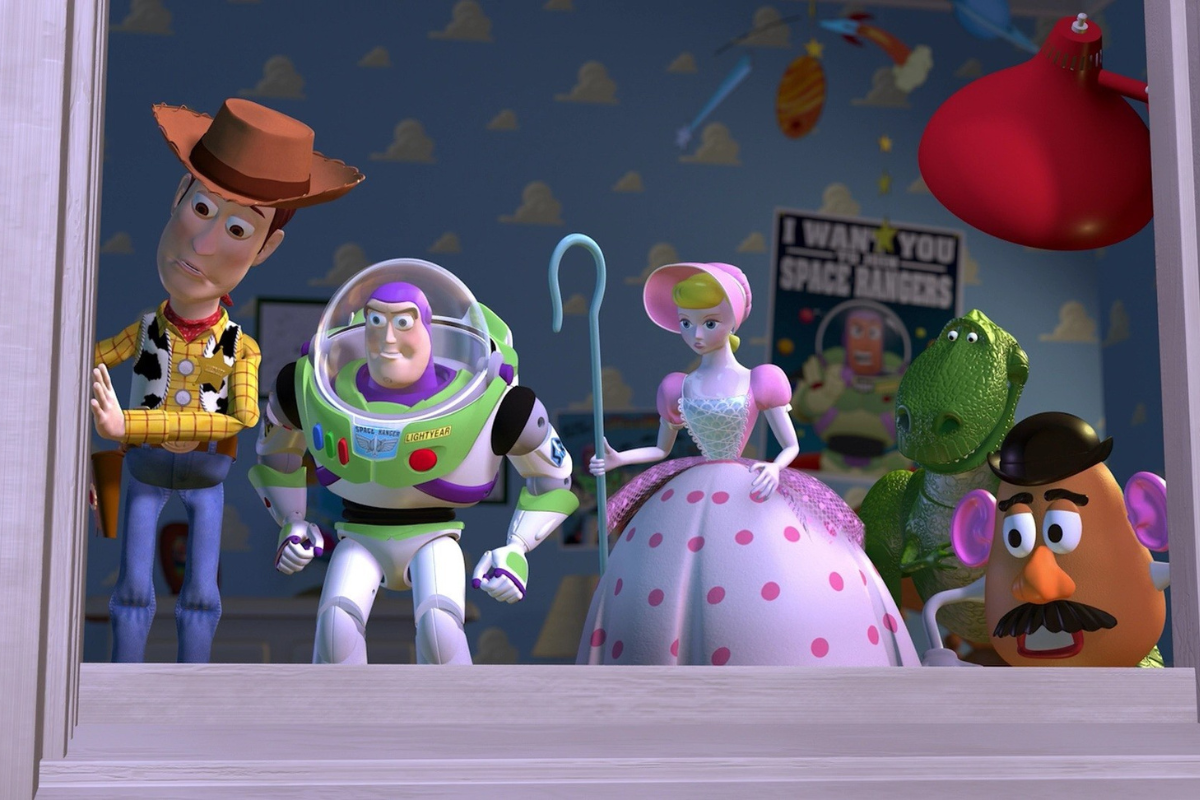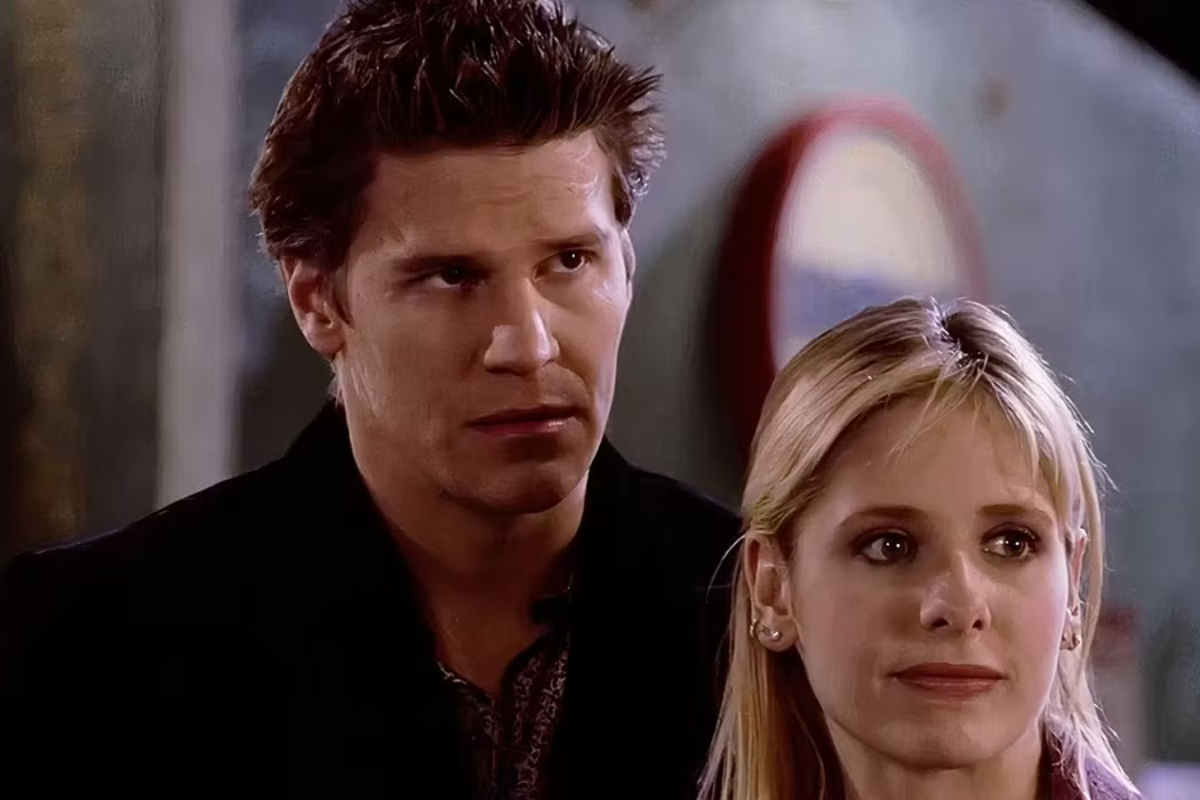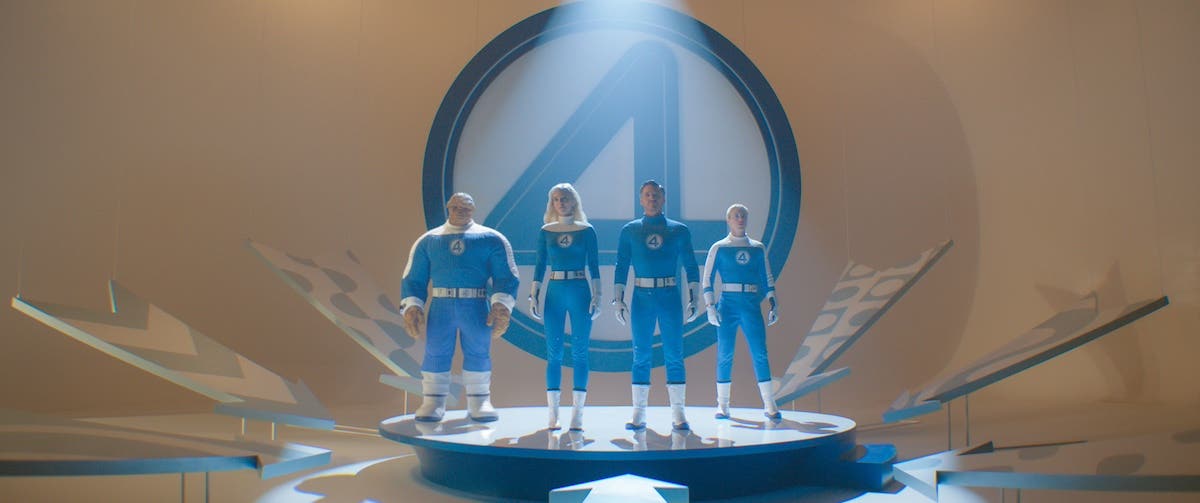Meet the Reader: Exposition Gone Bad
Ray Morton is a writer, senior contributor to Script Magazine and script consultant. His new book A Quick Guide to Screenwriting is now available online and in bookstores. Follow Ray…
Ray Morton is a writer, senior contributor to Script Magazine and script consultant. His new book A Quick Guide to Screenwriting is now available online and in bookstores. Follow Ray on Twitter: @raymorton1
Exposition is the vital information an audience needs to have in order to understand a movie’s story – the protagonist’s tragic childhood; the villain’s evil motivation; technical information required to comprehend the tale’s McGuffin; the history of the story’s central setting or conflict; and so on.
Exposition is a necessary element in dramatic writing, but it’s also a very challenging one. By definition, exposition exists outside the main narrative. Therefore, incorporating it into the narrative is a tricky process that always runs the risk of becoming awkward, obvious, and clumsy. So, the challenge in crafting exposition is to find ways to fit it into the story smoothly, so that it seems natural and unobtrusive.
There are good ways to work exposition into a screenplay and not so good ways. Here are some of the not-so-good ways:
Having characters talk about important events in the story rather than showing those events happen on the screen.
Movies are primarily a visual medium. Therefore, it is always better to show an audience an event as it happens rather than have a character describe the event after it has occurred. Despite the “no brainer” obviousness of this notion, I read many, many specs in which the authors opt to discuss events rather than depict them. This is a perfectly acceptable method to use in a stage play because theater is a dialogue centric medium and because the ability to present action with any size or scope is necessarily limited. But it is a deathly dull, static, and stilted technique to employ in the cinema.
Dialogue in which the characters tell each other things they already know simply for our benefit.
JEFF
Hi Chuck. How are things in the accounting business?
CHUCK
Fine, Jeff. I hope that the transition you made from being
a high profile defense attorney to being a middle school
English teacher is working out for you.
JEFF
Oh, it is. It really helped me resolve that midlife crisis I
had last summer. How’s Betty?
CHUCK
My wife? She’s great. That artisanal cupcake bakery she
opened two summers ago is doing great business. How is
your son, Billy? Is he still captain of his college football
team?
JEFF
Yes he is. He had to take a few weeks off after he broke his
leg in two places during the homecoming game, but he got
his cast off a week ago Thursday and now he’s back to playing.
CHUCK
Great. Oh, I talked to Doctor Johnson yesterday.
JEFF
Our mutual dentist?
In real life, nobody talks this way, but in some spec scripts characters talk like this all the time and it never sounds any more believable than what I have written here.
Incredibly specific and detailed TV and radio newscasts that appear at exactly the right time.
In real life, most radio news reports run fifteen or thirty seconds and most television news reports last a half a minute to a minute and a half. Both usually contain only one or two pieces of information -- usually the most sensationalistic ones, rather than the most pertinent – and are not particularly informative. Also, if you’re really interested in seeing/hearing a particular story, you usually have to wait through numerous other stories and commercial breaks before it finally airs. In contrast, radio and TV reports used to deliver exposition in awkwardly written screenplays tend to run on for many, many minutes and conveniently contain every piece of information the protagonist needs to understand his current predicament. They also have a wonderful knack for beginning just as the protagonist turns on his radio or television and at the exact point in the narrative that the protagonist needs whatever information the reports contain.
Having characters read on screen
I see a lot of specs in which the writers have their characters learn important information by reading it in books, magazines, newspapers, or on a computer screen. The stage directions in these specs usually indicate that the character is reading and then go on to write out – often in lengthy paragraphs – the entire text the character is reading. The only way such directions can possibly be visualized is to have the camera positioned over the character’s shoulder and allow the viewers to read the material along with him/her. There might be a less interesting way for a movie audience to spend its time, but I’m not sure what it could possibly be.
Lots and lots of explanatory text
Many movies begin with a brief card or crawl telling the audience some important information about the story they are about to watch. This is fine. But some bad unfortunately screenplays start with pages and pages of such text, pages that would take viewers many minutes – an eternity in cinematic time -- to read on screen. This is a big problem because, after all, the audience has come to watch, not to read.
Extended prologues or flashbacks
Many writers provide backstory on characters or narrative situations by adding lengthy prologues or flashbacks to their screenplays. Such devices can be problematic because exposition is explanation and explanation is inherently undramatic because it contains no action, conflict, climax, or resolution; because it does not advance the narrative; and because it disrupts the momentum—the dramatic flow and build--of the piece. By its very nature, exposition is static, and so, no matter how skillfully it is inserted, it will always slow down a narrative. So when a prologue runs on at length, it will keep the story proper from starting. And if a flashback runs on, it will kill a script’s narrative momentum dead.
Some better ways to incorporate exposition into a screenplay are:
Showing things
Showing things happening on screen is the always the best way to deliver information in a film and should be every screenwriter’s preferred method of doing so. Show us a bank robbery instead of having cops and witnesses describe it afterwards; show us how a hi-tech gizmo works instead of having a character explain how it works; show a veteran experiencing PTSD rather than simply telling us that he has it.
Dialogue
Dialogue is a fine way of delivering exposition as long it’s not being used to describe things that we could/should be seeing and as long as the characters are talk about things people in the real world talk about – thoughts, feelings, motives, and so on – although, as previously mentioned, they should not tell each other things they would already know. Dialogue is also a useful tool to use in explaining a mystery or a scheme (e.g. having a detective explain “who done it” or having an evil villain tell James Bond how he plans to take over the world) as long as the explanation isn’t overly complicated and as long as it references things we have already seen on screen (e.g. a detective can explain the connection between clues we have seen him uncover in the course of the narrative. He should not reference clues discovered off-screen or not previously mentioned [something that happens quite frequently in poorly written screenplays: “I forgot to tell you, just before he died Lord Faversham told me that he saw Joe coming out of the bathroom on the night of the murder”]. Great effort must be invested in making expository speech sound like real speech – like the way real people talk – as opposed to sounding like a lecture or a read-aloud encyclopedia entry.
Expert testimony
Doctors, engineers, scientists, and other experts can be useful characters for explaining exotic or highly technical matters, as long as their appearance in the story is logical and believable (e.g. a doctor popping up in a hospital scene is believable; a doctor popping up on a desert island to tell a cast-away protagonist he has Beriberi is not).
Short prologues and flashbacks
Prologues and flashbacks are good expository tools, as long as they are short enough that they do not disrupt the flow and progression of the story to any great extent (they will always disrupt it a bit. You just don’t want to go overboard).
Short text
Cards and crawls are acceptable vehicles for exposition, as long as they are quick (limit yourself to one terse card or a crawl that runs 1/3 of a screenplay page or less).
Two rules of thumb regarding exposition, no matter what form you deliver it in:
- It should always be as brief as possible. Give your audience all the information they need to understand your story, but not one bit more. That way your narrative remains tight and you don’t confuse viewers with a lot of unnecessary information that never figures into the story.
- It should always be entertaining. Find fun or interesting ways to deliver exposition to the audience – don’t subject them to boring lectures or endless info dumps. One of my favorite bits of fun exposition is the “Mr. DNA” cartoon in the original Jurassic Park – audiences were so busy enjoying the retro animation that it didn’t mind being force-fed all of the scientific concepts that made the story possible.
Check out my new booksA Quick Guide to Screenwriting and A Quick Guide to Television Writing. Both are handy primers to the art, craft, and business of writing for the big and small screens and make great Christmas gifts (hint hint).
Copyright © 2014 by Ray Morton
All Rights Reserved
No portion of this article may be copied, reprinted,
or reposted without the permission of the author
However, feel free to link to this piece to your heart’s content
- More articles by Ray Morton
- Meet the Reader: Story Exposition - Let Me Explain (But Not Too Much)
- Notes from the Margins: Flashbacks - Storytelling Friend or Foe?
Download a huge variety of FREE Screenwriting Resources as our gift when you sign up for our newsletter!
Ray Morton is a writer and script consultant. His many books, including A Quick Guide to Screenwriting, are available online and in bookstores. Morton analyzes screenplays for production companies, producers, and individual writers. He can be reached at ray@raymorton.com. Twitter: RayMorton1







